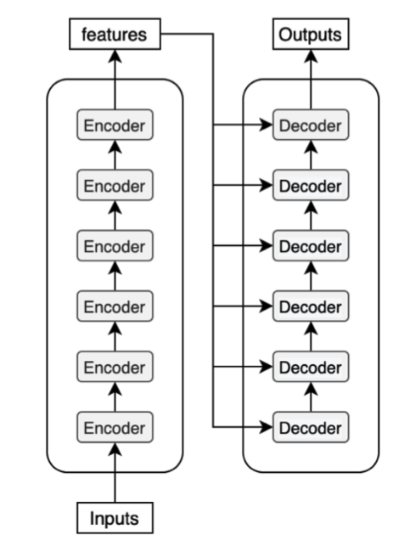what are the Serial Transfer and Serial Shift Properties of Shift Registers? what are the serial transfer and serial shift properties of shift registers? Serial Transfer is defined as “Transmission of information as sequential units. For example, if two computers Read More …
Category: Digital Logic Design
How to implement Boolean Functions using Multiplexer (MUX)?

Implementation of Functions using Multiplexer Implementation of Boolean function using multiplexer (MUX) is very simple. If you want to implement a Boolean function of n variables, you need a multiplexers that has (n-1) select lines. The purpose of select lines Read More …
Discuss a binary counter with the same load. Describe with an example?
4-Bit Counter Counter with the same load: Discuss a binary counter with the same load. Describe with an example? A 4-Bit binary table with the same load can be used to create the desired calculation sequence. It can be used Read More …
Design of Analog to Digital Converter Using CMOS Logic

Introduction In this article we have discussed about the Design of Analog to Digital Converter Using CMOS Logic. The biggest advantage in Digital circuits and digital signals as compared to analog circuits and signals is the processing speed and efficient Read More …
What are the Voltage Multipliers? Types of Multiplier Circuits
Voltage multipliers are the circuits that we use for increasing the peak rectified voltages without increasing the transformer ratings or disturbing the turn ratio. The clamping action is used for increasing the magnitude which is
How to Design a 4-bit Arithmetic Logic Unit (ALU)? DLD Project
Introduction How to Design a 4-bit Arithmetic Logic Unit (ALU)? 4-bit ALU (Arithmetic Logic Unit) is to perform mathematical operations (such as addition and subtraction) and logical operations (such as AND and OR) on 4-bit binary numbers. Components and Equipment Read More …
Framework for Designing, Developing, and Scaling Digital Services
Introduction Manufacturing companies are currently undergoing a digitalization transformation in which digitally enabled, new, and innovative advanced service offerings are being launched. These so-called “digital services” represent a shift in the business logic of manufacturing firms, from up-front product sales Read More …
Digital Indicator with Seven Segment Display
Introduction In this article we have discussed the design and implementation of a digital system that uses a 7- segment display to indicate the number of drug tablets in a tablet-bottling assembly line. As well as display the number of Read More …
Encoder Decoder Architecture with Attention of Chat Bots
Atomic Silicon Quantum Dot and Atomic Logic Design
Overview Atomic Silicon Quantum Dot and Atomic Logic Design. Silicon has a vast role in the field of Electronics. Silicon Quantum Dots (SiQDs) are the semiconductors Si nanoparticles, within the range of 1nm to 10nm. They can emit red and Read More …
